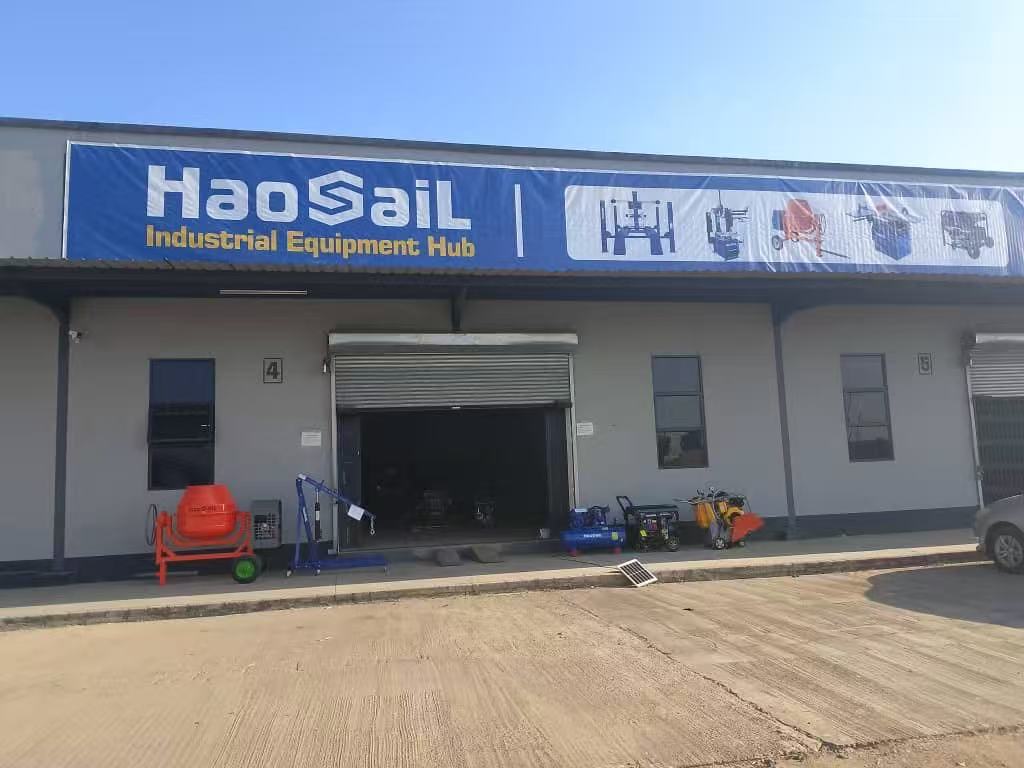
Aug 27, 2025
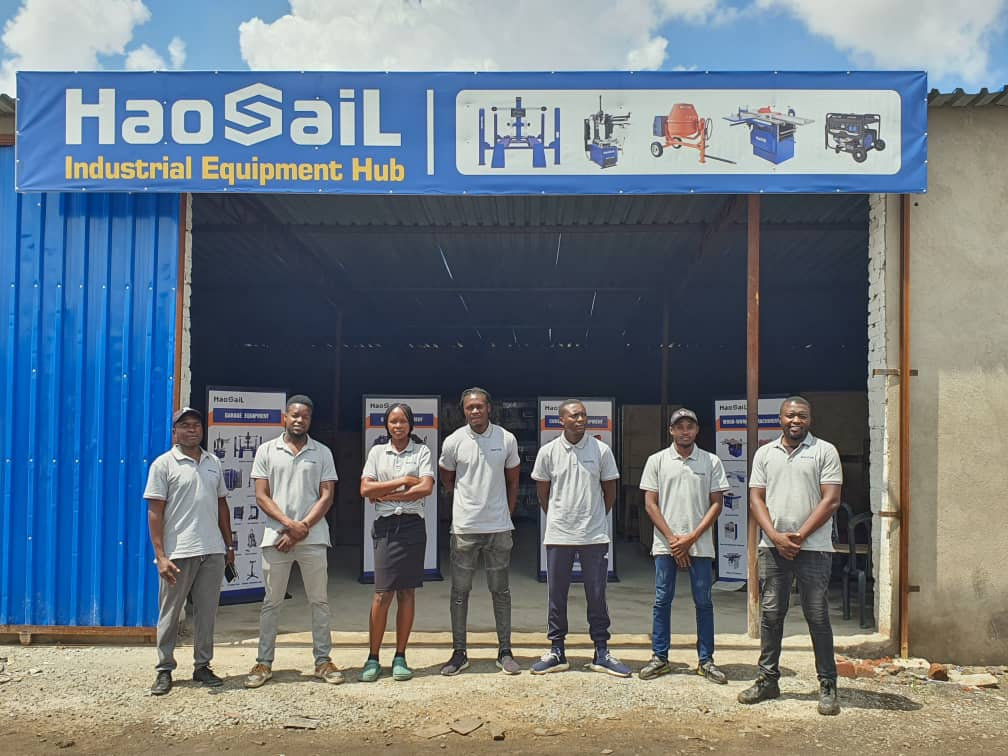
Aug 12, 2025
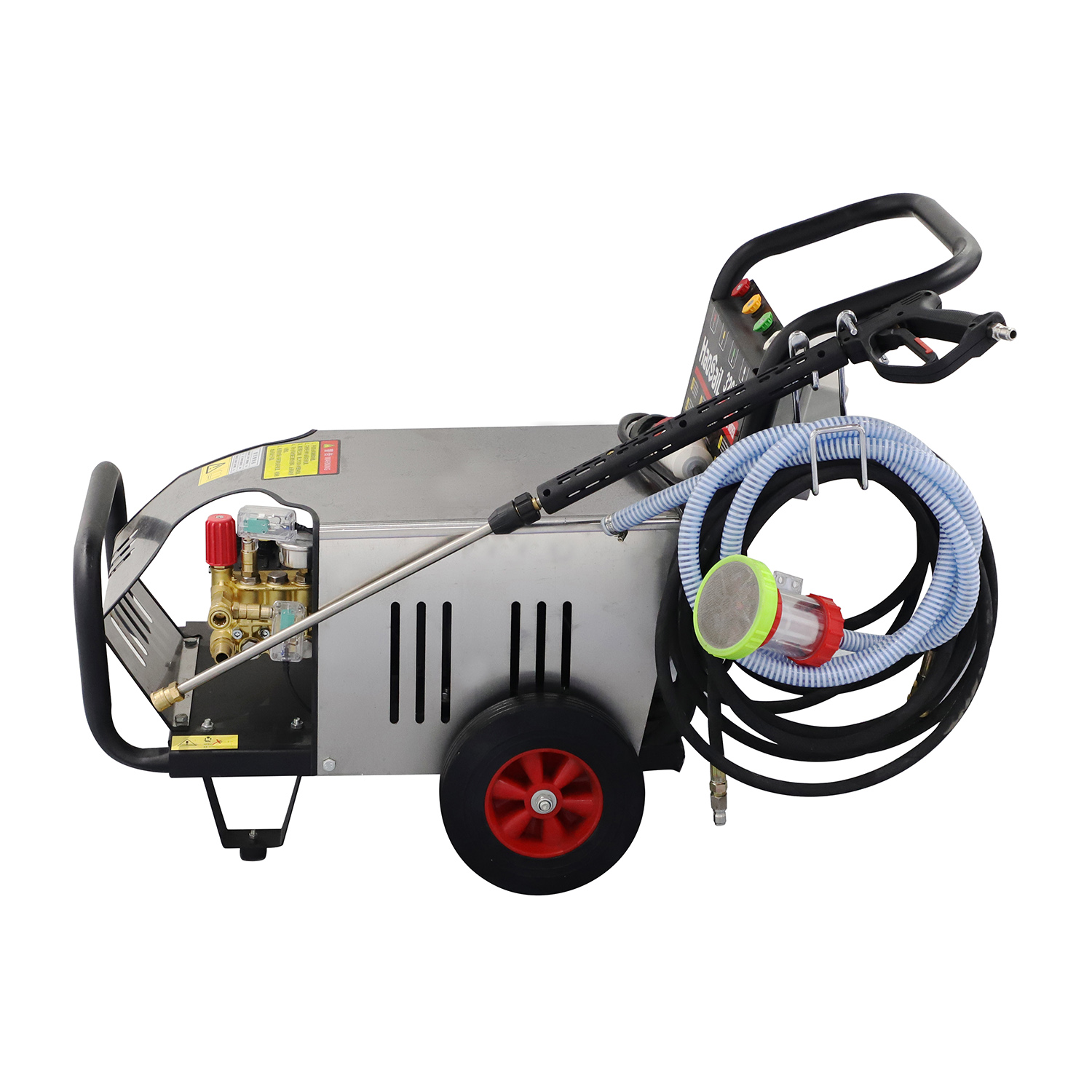
Jun 04, 2025
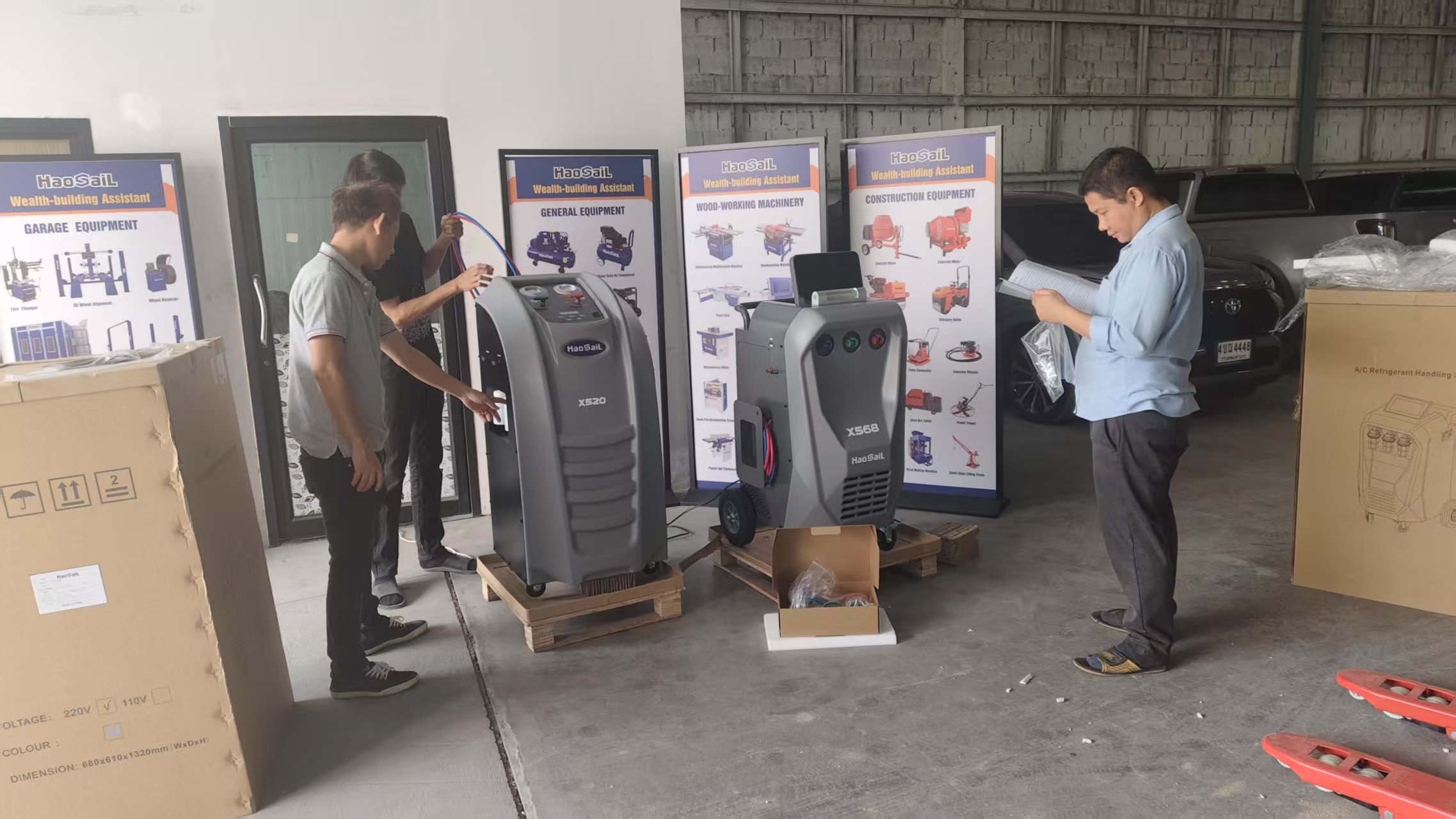
May 30, 2025
B4, Qingdao High-Tech Zone, No. 17 Songyuan Road, Qingdao.
+86 13864822549
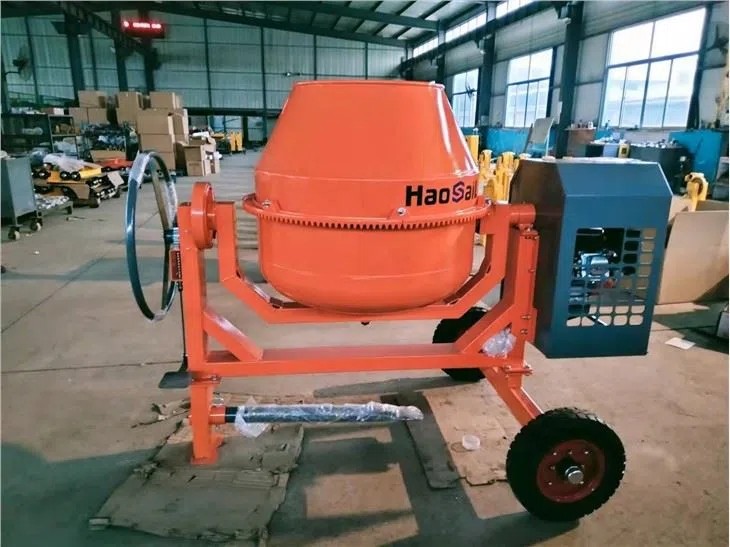 In the world of construction, the concrete mixer is an indispensable piece of equipment. Whether for large-scale commercial projects or small DIY tasks, a concrete mixer plays a crucial role in ensuring that concrete is mixed efficiently and uniformly. However, to fully harness its capabilities and ensure safe operation, it is essential to understand the working principles of a concrete mixer and the precautions necessary during its use. In this article, we will explore how concrete mixers function and highlight key considerations for their proper operation.
In the world of construction, the concrete mixer is an indispensable piece of equipment. Whether for large-scale commercial projects or small DIY tasks, a concrete mixer plays a crucial role in ensuring that concrete is mixed efficiently and uniformly. However, to fully harness its capabilities and ensure safe operation, it is essential to understand the working principles of a concrete mixer and the precautions necessary during its use. In this article, we will explore how concrete mixers function and highlight key considerations for their proper operation.
A concrete mixer is a machine designed to combine cement, aggregate (such as sand and gravel), and water to produce concrete. The primary function of a concrete mixer is to ensure that the ingredients are thoroughly mixed, resulting in a homogeneous and workable concrete mixture. Concrete mixers come in various types, including drum mixers, pan mixers, and truck-mounted mixers, each designed for specific applications and capacities.
The most common type of concrete mixer is the drum mixer, which consists of a rotating drum with internal paddles or blades. The basic working principle involves loading the raw materials (cement, sand, gravel, and water) into the drum. As the drum rotates, the paddles lift and tumble the mixture, ensuring that the ingredients are evenly combined. The rotation speed and mixing time are carefully controlled to achieve the desired consistency of the concrete.
In addition to drum mixers, pan mixers are also widely used, especially for larger construction projects. These mixers feature a stationary pan with rotating paddles that stir the ingredients. Pan mixers are known for their ability to produce high-quality concrete with precise control over the mixing process.
Drum or Mixing Chamber: This is the central component where the raw materials are loaded and mixed. The drum's design and internal structure (paddles or blades) determine the efficiency of the mixing process.
Drive Mechanism: The drive mechanism powers the rotation of the drum or paddles. It can be powered by an electric motor or an internal combustion engine, depending on the type and size of the mixer.
Loading and Discharging System: Concrete mixers are equipped with mechanisms for loading raw materials and discharging the mixed concrete. Some mixers have tilting drums for easy discharge, while others use augers or conveyors.
Water Supply System: Water is a critical component of concrete, and the water supply system ensures that the correct amount of water is added to the mixture. Modern mixers often feature automated water control systems to achieve precise water-to-cement ratios.
While concrete mixers are essential tools in construction, they also come with potential hazards if not used correctly. Here are some essential safety precautions to keep in mind:
Proper Training: Operating a concrete mixer requires skill and knowledge. Ensure that all operators are adequately trained and familiar with the specific model being used. Understanding the controls, loading procedures, and safety features is crucial for safe operation.
Personal Protective Equipment (PPE): Always wear appropriate PPE when operating a concrete mixer. This includes safety glasses to protect against flying debris, gloves to protect hands from sharp edges, and ear protection if the mixer is particularly noisy.
Inspect Before Use: Before starting the mixer, conduct a thorough inspection of the equipment. Check for any signs of damage, loose parts, or wear and tear. Ensure that all safety guards and protective devices are in place and functioning correctly.
Follow Loading Procedures: Overloading a concrete mixer can strain the motor and reduce mixing efficiency. Always follow the manufacturer's guidelines for the maximum load capacity. Additionally, ensure that the raw materials are loaded in the correct sequence (usually aggregate first, followed by cement and water) to achieve optimal mixing.
Avoid Direct Contact: The rotating drum and internal paddles of a concrete mixer can cause severe injuries if a person's limbs or clothing get caught. Never reach into the mixing drum while the mixer is in operation. If maintenance or cleaning is required, ensure that the mixer is turned off and locked out to prevent accidental startup.
Monitor Mixing Time: Over-mixing can lead to a loss of air content in the concrete, which can affect its workability and strength. Follow the recommended mixing time for the specific type of concrete being produced. Generally, a mixing time of 3 to 5 minutes is sufficient for most applications.
Discharge Safely: When discharging the mixed concrete, ensure that the area is clear of people and obstacles. If the mixer is tilting to discharge, make sure it is stable and secure to prevent tipping or accidents.
Regular Maintenance: Proper maintenance is essential for the safe and efficient operation of a concrete mixer. Regularly inspect and clean the drum, paddles, and other components to prevent buildup of hardened concrete. Lubricate moving parts as recommended by the manufacturer and replace any worn or damaged parts promptly.
A concrete mixer is a vital piece of equipment in the construction industry, ensuring that concrete is mixed uniformly and efficiently. Understanding its working principles and adhering to safety precautions are essential for maximizing its performance and ensuring operator safety. By following proper loading procedures, wearing appropriate PPE, and conducting regular maintenance, you can extend the lifespan of your concrete mixer and achieve high-quality concrete for your projects. Whether you are working on a large commercial building or a small DIY project, always prioritize safety and proper usage to get the best results from your concrete mixer.